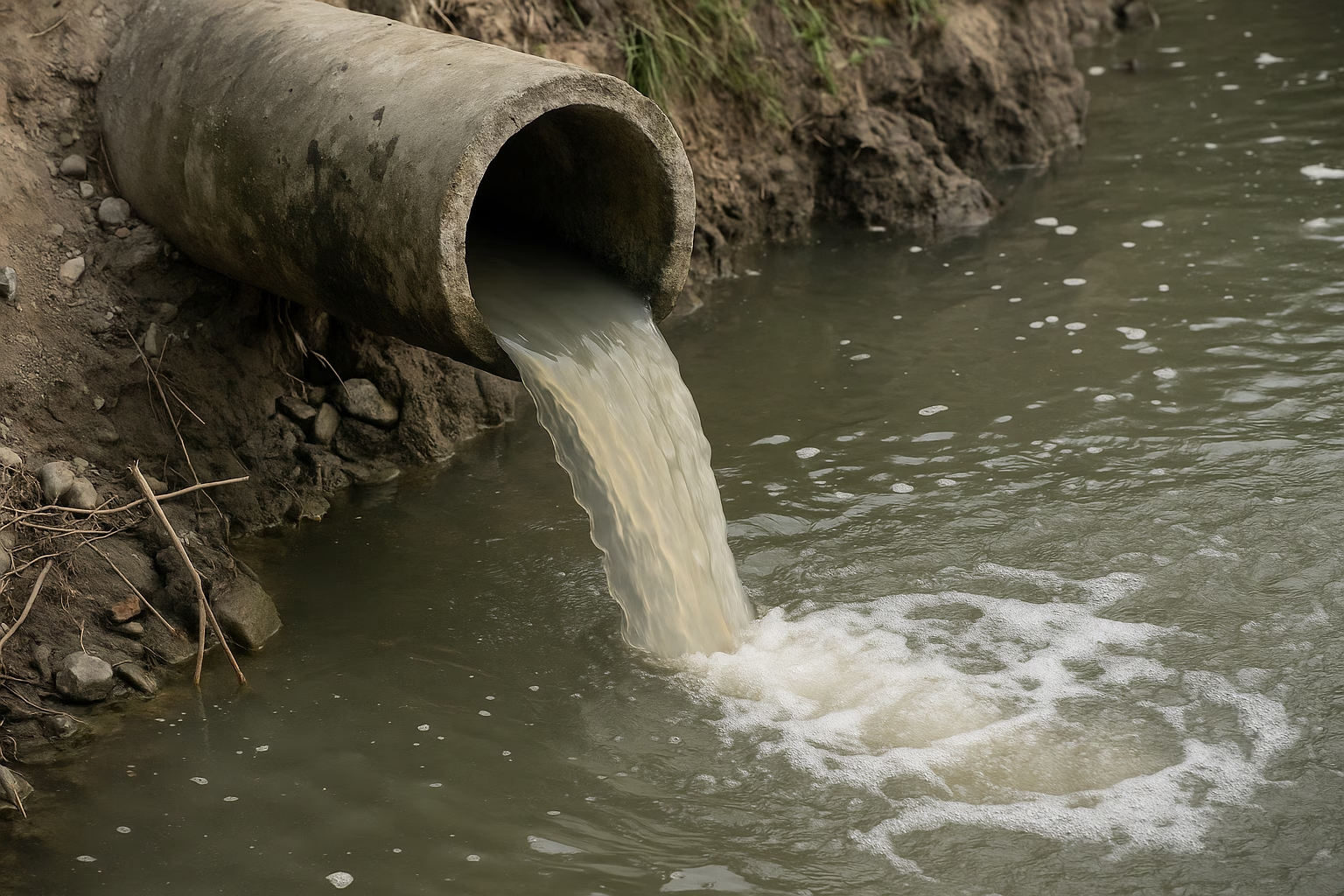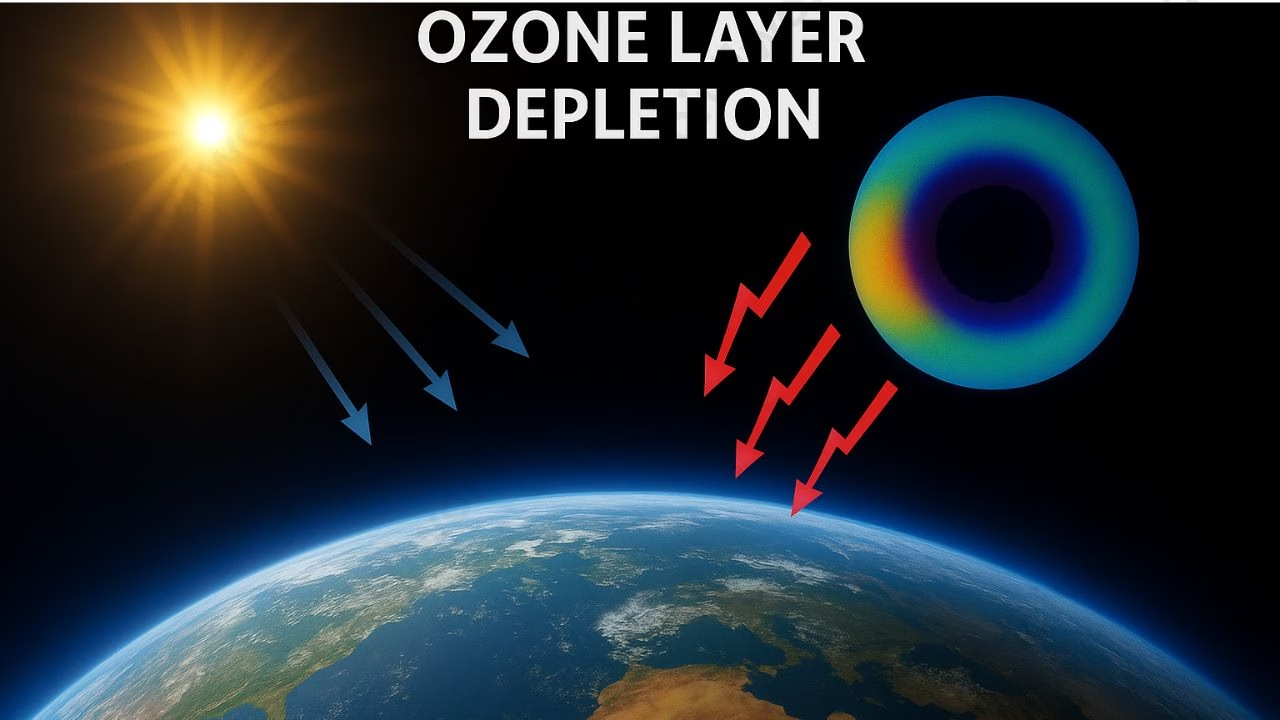Sustainable Waste Management has become the need of the hour with the ever-increasing amount of garbage that humans generate. According to the United Nations, around 11.2 billion tonnes of solid garbage are collected worldwide, with humans accounting for nearly all of it. As a result, we must devise plans for long-term sustainable waste management.
In this blog, we will discuss the importance of sustainable waste management, its importance as well as the ways of doing so. Let’s get started with the definition of sustainable waste management.
What is Sustainable Waste Management?
Sustainable waste management refers to the collection, transportation, valuation, and disposal of different types of garbage in a manner that does not damage the environment, human health, or future generations. It encompasses all activities involved in waste management, from production to final treatment.
Sustainable waste management aims to limit the amount of natural resources utilised by
- reusing as much natural materials as possible
- producing as little garbage as possible.
A well-functioning sustainable waste management system should have feedback loops, a process-oriented approach, adaptability, and methods for waste diversion. It is critical to adhere to environmental sustainability in this regard so that we can manage all the garbage efficiently rather than dumping it in landfills.
Also read: Land Pollution Effects – Top 7 Effects Explained
Why Sustainable Waste Management Is Important?
Let’s have a look at the importance of sustainable waste management and what makes it an attractive option.
Creates space
In the absence of a proper waste management system, garbage will end up on land, either scattered or centralised in a landfill. Landfills are large structures that take up a lot of space. Densely populated cities can’t afford a lot of space for the sake of landfills.
In such cities, we have to manage and sustainably control our waste so that we can dispose of it properly without wasting space for landfills. Before you move to the next section, make sure that you check out Landfills – Causes, Operation and Life Cycle- Everything you should know
Sustainable waste management Saves and also makes money
Recycling more can help us save money since we will not need to buy another identical item once we have reused or recycled it. Sustainable waste management, in line with the concept of money, can assist some businesses in generating revenue.
Municipalities that collect garbage, for example, might charge collection and recycling fees, gaining money in the process. This will also deter institutions that generate a lot of waste, making them more sustainable and environmentally conscious.
Prevents Pollution
Each type of rubbish we dump has a unique impact on the ecosystem. Pharmaceutical waste, for example, contaminates our water, and discarded meals attract flies and rodents. To avoid this, we should return pharmaceutical waste to the manufacturer for proper disposals, such as burning. Food waste can be sent for composting and plastics for recycling.
All of these measures, as well as others, will aid in pollution control. As a result, pharmaceutical waste won’t pollute the water, plastics won’t block marine life, and food waste won’t attract mice. Sustainable waste management enables us to better understand our garbage and how to manage it.
Also read: Land Pollution Causes -Top 6 causes explained
Waste Management Hierarchy in Sustainable Waste Management
The waste management hierarchy is the foundation for sustainable waste management. It focuses on
- Avoidance
- Reduction
- Reuse and recycle
- Energy recovery
- Treatment or disposal
Its goal is to prioritise behaviours that maximise resource efficiency, with renewable and less wasteful methods at the top of the pyramid. We’ll look at how the waste management hierarchy is crucial to long-term waste management in the upcoming section.
Reduction and avoidance
The primary aim is to avoid and reduce the amount of waste produced. This can be accomplished by increasing efficiency while lowering consumption. To begin with, businesses and consumers should select products that take the least amount of resources to manufacture including the packaging.
Additionally, wherever possible, we should abstain from using single-use or disposable commodities. These materials form the core of linear waste, in which resources are harvested, processed, and redistributed only to be discarded.
Reuse and Recycle
If we cannot avoid the consumption of a product then we should choose things that are reusable. Also, we should promote awareness on how to reuse waste products. Processing new materials require money, energy, and often other resources. Since reusing helps us to save these resources, we prefer it over solutions lower down the hierarchy.
One of the core aspects of the zero-waste concept is reuse, which can take the form of having shoes repaired, giving clothes and objects for others to use, and even finding recipes for food leftovers rather than tossing them away. If an object cannot be reused, recycling is the next best choice.
Recycling is suitable for materials that have reached the end of their usable life in their existing form. It minimises the need to extract virgin resources and mitigates some of the negative consequences of waste disposal. Recycling is less desirable than reusing and reducing because it needs more energy, money, and resources to convert the garbage into useable products.
Energy Recovery
Energy recovery is the next stage, which involves converting waste into useable heat, power, or fuel, such as biogas. This is accomplished using a variety of techniques such as
- Incineration (with energy recovery),
- Gasification
- Pyrolysis
- Anaerobic digestion
- Landfill gas (LFG) recovery
Combustion is a typical technique of energy recovery for non-hazardous waste. and while it is less favourable to reuse or recycle, it helps lower the physical volume of waste transported to landfills and also produces energy from the burning process that would otherwise require fossil fuels.
Treatment or Disposal
Treatment or disposal is the final and least desirable step in the hierarchy. This usually refers to landfills or incinerators that do not recover energy. Some waste demands treatment but we should avoid it as much as possible by using sustainable waste management techniques.
Sustainable Waste Management Solutions
What criteria must professionals and citizens use to decide if waste management procedures are “sustainable?”
Fundamentally, building a circular economy of waste, as opposed to the make-use-dispose paradigm, is crucial to sustainable waste management. In a circular economy of waste, it returns as a new product or source of energy in a sustainable manner.
Solutions for long-term waste management include:
Composting
Composting is a green and environmentally friendly technique to dispose of waste. Common household items that can undergo composting include excess fruits, tea bags, eggshells, coffee filters, etc. Since it will nourish the soil, the compost pit will be an excellent addition to your workplace or home garden.
To keep odours and fruit flies at bay, tightly close the composting bin or bag. In general, composting converts and recovers organic matter into stable, sanitary, and soil-like products that are high in humic chemicals that replenish the soil.
Avoid Single-use products
We must promote reusable products instead of single-use ones. Get mugs or glasses instead of cardboard coffee cups. Even at professional composting facilities, many supposedly green things, such as compostable coffee cups, don’t undergo composting. They eventually end up in landfills. If we can switch to a greener option like glass which we can reuse and recycle it could save both the environment and money.
Make the switch to digital.
Paper and paper products account for the majority of Municipal Solid Waste. Switching as much paperwork as possible to digital forms is a simple strategy for organisations to improve sustainable waste management. This includes
- Sending and receiving bills electronically rather than in paper
- Keeping meeting minutes in a shared document rather than printing them
- Converting to online banking
Conclusion
If the correct framework is in place, waste management can be sustainable in both enterprises and homes. But, more importantly, the implications of ignoring waste are just too serious to ignore. So, let us join our hands to manage waste, adopt sustainable waste management solutions into our day to day life and convert waste into a resource.
Happy Learning.




